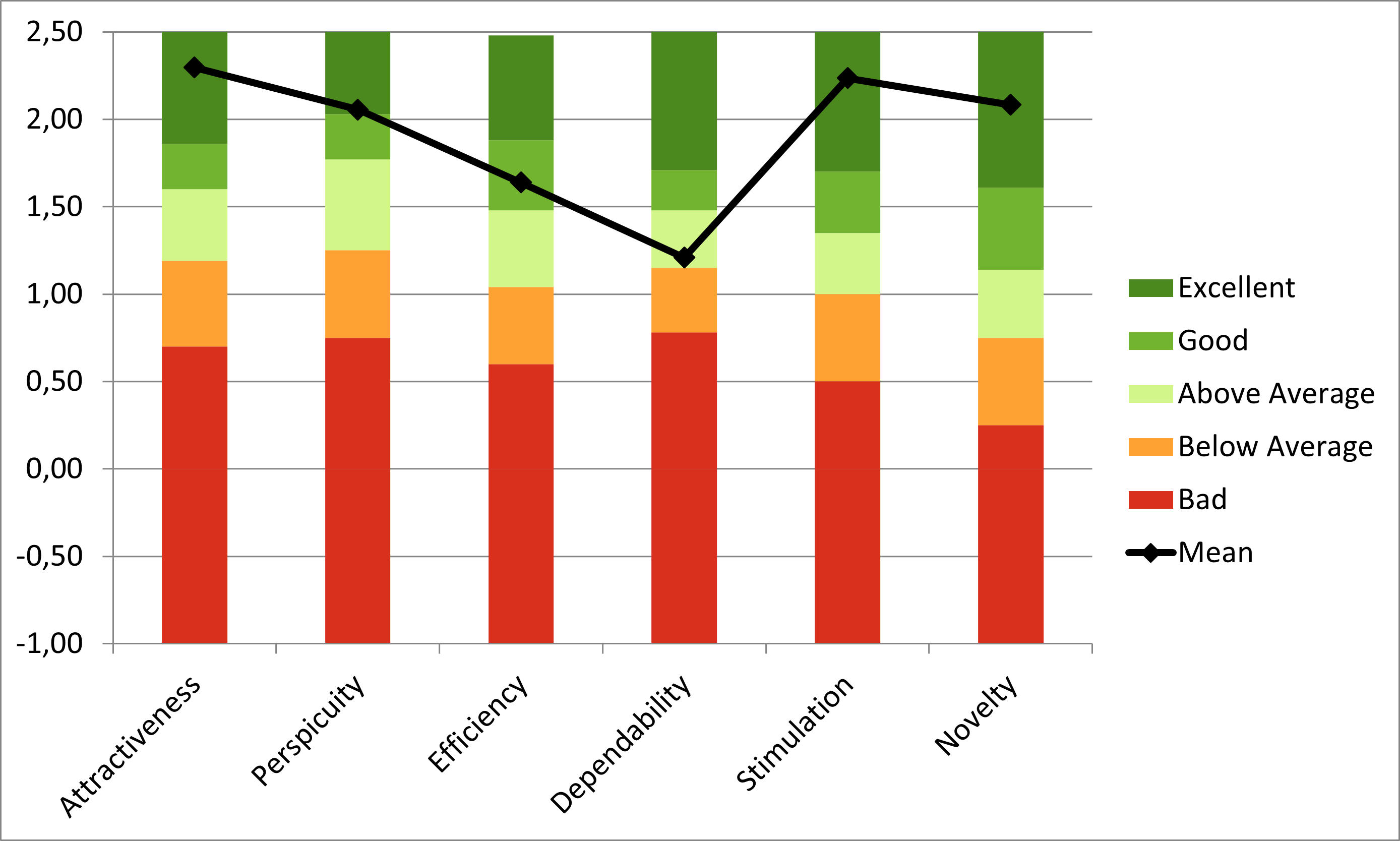Design, prototypical development and evaluation of a virtual reality-based game for training activities of daily living for people provided with a lower limb prosthesis
Aim and Research Question(s)
The purpose of this thesis was to give an overview of existing literature concerning lower limb amputation (LLA) and virtual reality (VR). On this basis, a VR prototype to train a specific activity of daily life (ADL) (taking spontaneous steps in a certain direction) was developed and evaluated concerning its usability, user experience and influence on the users’ intrinsic motivation.
Background
Each year about 1800 people in Austria undergo an LLA [1]. These numbers are assumed to more than double in 2050 [2]. After LLA people often suffer from long-lasting issues in fulfilling their ADLs as well as functions [3]. A new promising approach to deal with these issues is VR-based therapy [4].
Methods
 Figure 1: The VR prototype consisting of three levels. Left side: the environment. Right side: The user's view.
Figure 1: The VR prototype consisting of three levels. Left side: the environment. Right side: The user's view.
To achieve the aim of this thesis, firstly, an extensive literature review was conducted. Secondly, a prototype of a VR game that meets the target group's needs was developed. Afterwards, a user test with healthy participants was carried out. 18 participants filled out a survey including the System Usability Scale (SUS), User Experience Questionnaire (UEQ) and the Intrinsic Motivation Inventory (IMI).
Results and Discussion
 Figure 2: UEQ results of the six subscales. All but one were rated excellent or good.
Figure 2: UEQ results of the six subscales. All but one were rated excellent or good.
VR systems for people suffering from LLA show promising results in treating phantom limb pain or training functions and ADLs. The IMI revealed high motivation in the participants to play the game. Moreover, the usability of the game was rated nearly excellent with a SUS score of 83.8. All subscales of the UEQ were rated between above average and excellent.
Conclusion
VR is a good addition to conventional therapy. It increases motivation and therefore improves the therapy outcome.
References
[1] Statstik Austria (2009), Jahrbuch der Gesundheitsstatistik 2008 [2] Lovegreen et al. (2016), Braddom’s phsical medicine and rehabilitation [3] Silva et al. (2019), Disabil Rehabil Assist Technol, doi:10.1080/17483107.2019.1684581. [4] Janssen et al. (2017), Pediatr Phys Ther, doi:10.1097/PEP.0000000000000326.
